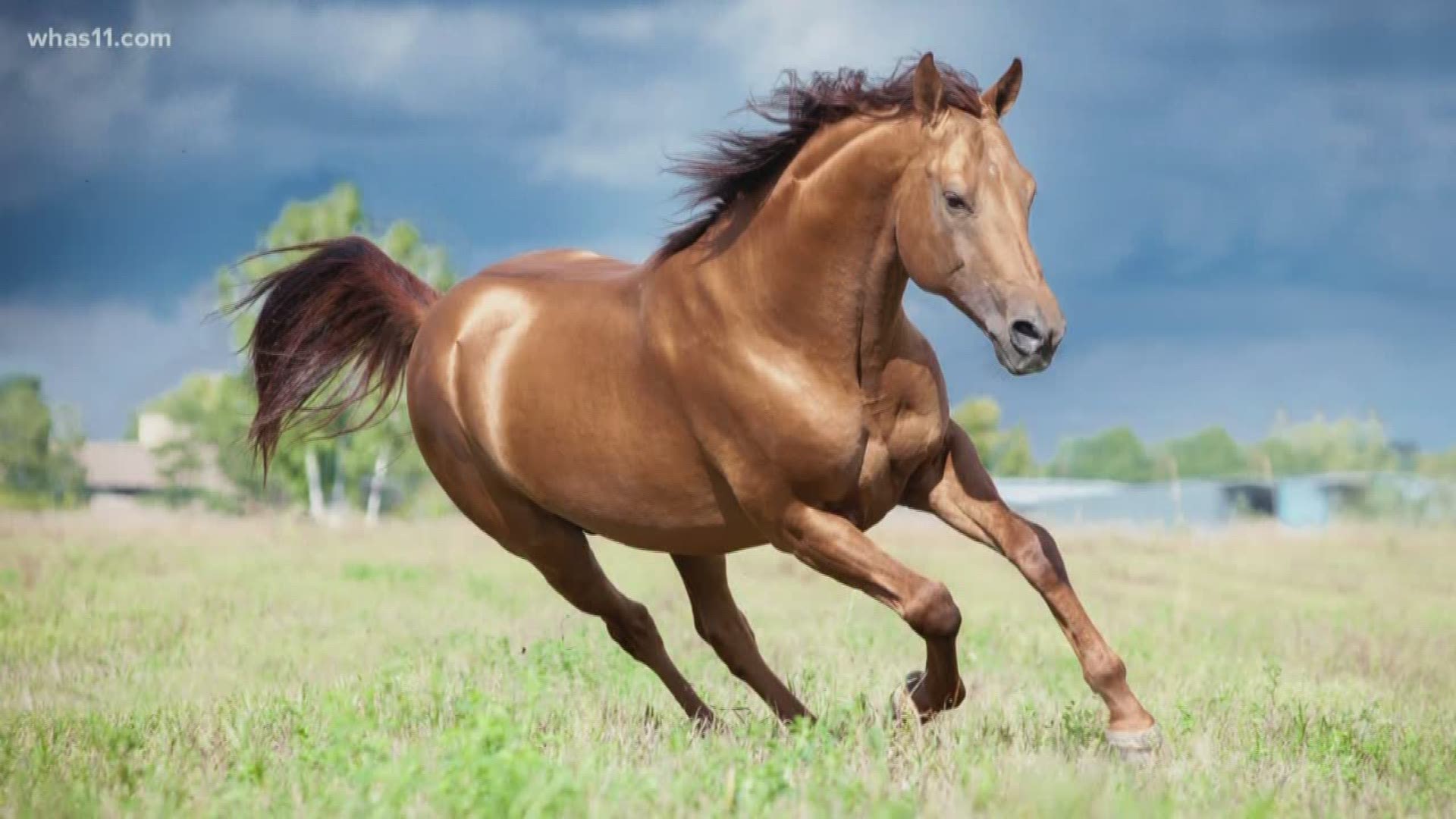LOUISVILLE, Ky. — Horse injuries have been making a lot of headlines lately; and, because of that, safety is top of mind as we head into Derby. For this WHAS Up, we’re looking into the background question: why does it seem like horses always have to be put down when they break their leg?
I mean, if you or I break a leg, it’ll heal, right? Dogs can often make it around on three legs if their leg doesn’t heal; and, if they need to, they can roll around in adorable little wheelchairs.
You don’t see that with horses, though. Why is it that leg injuries are so particularly devastating for horses? I asked Dr. Gary Short to weigh in. He’s a veterinarian here in Kentucky, and a horse owner himself.
Dr. Short made it clear: it’s not written in stone anywhere that a broken leg has to be a death sentence for a horse. However, it often ends up being so, and it comes down to just how big, and fast, and powerful these animals are.
“You have to figure the three things that are the basics of fractures: what bone is fractured, where in the bone is the fracture, and what type of fracture occurs,” Dr. Short said. “You can have just a simple fracture, where it’s a plain, straight break; or you can have a fracture where it’s broken into multiple pieces—basically just shards; and then you can have the compound fracture where it comes through the skin.
“The problem with the horse is that you have this large animal going 40 miles an hour and has a fracture—that could have very easily been just a simple fracture when it happened, the second it occurred—but now he’s traveling 40 miles an hour and he can’t stop on a dime so basically every step he takes there’s more and more damage occurring.”
Dr. Short says most of these injuries can technically be healed. The problem, though, is that horses, in particular, can really struggle with the healing process. They tend to freak out when they wake up from surgery in a cast, and when they panic they tend to do more damage to their legs. This means a lot more pain for them, and a lot less of a chance that they’ll be able to regain mobility. That’s why Dr. Short said veterinarians have a lot to consider when deciding what to do in these situations.
“You are going to spend a long time in the healing process,” he said. “It can be months. And that’s a lot of expense, and a lot of things can go wrong during that time. And, you may spend just a lot of time and find out it’s not going to work.”
When all is said and done, and even with all the risks involved, Dr. Short said he believes that the good outweighs the bad with events like the Derby. He pointed out that horse injuries—headline-making as they may be—are rare.
“Not to mention, the more racing they do, and the more they spend looking at the different dynamics that are involved, they may very well be able to figure out ways to make it safer,” Dr. Short said.
---
MORE WHAS UP:
Want to know "WHAS up" with something? Rob Harris is your guy. He's talking to some of the smartest people in our community to find out more about science, history, urban legends, local quirks, and more.
Have a question or topic you want him to check out? Send him a tweet or a Facebook post.

